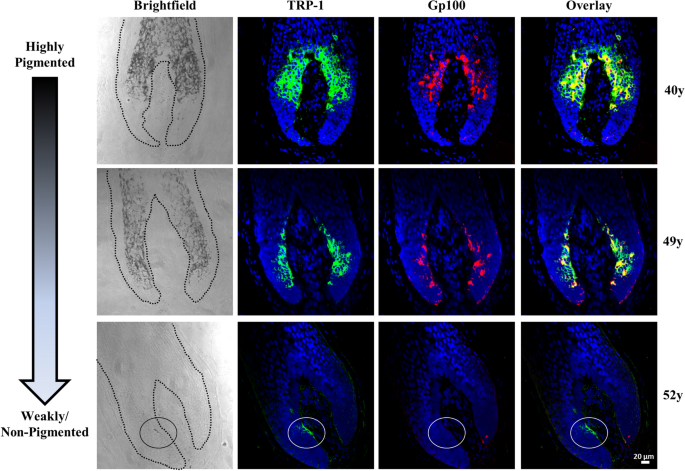I think the study in the OP hit on something really big.
Below is a study on prostate cancer pathogenesis. BPH, PC and Androgenetic Alopecia are very much the same in etiology I believe. They are strongly associated, and the treatements that work on BPH/PC work on Androgenetic Alopecia.
Defining the mechanisms underlying metastatic progression of prostate cancer may lead to insights into how to decrease morbidity and mortality in this disease. An important determinant of metastasis is epithelial-to-mesenchymal transition (EMT), and the mechanisms that control the process of EMT...

pubmed.ncbi.nlm.nih.gov
Twist inhibition promotes a prolonged anagen phase in mice. As it turns out HSPs upregulate Twist.
Another cancer study:
Molecular chaperone heat shock protein 90 (HSP90) is involved in oncogenic signaling pathways including epithelial-mesenchymal transition (EMT), a key process in tumor initiation, progression, metastasis, and chemoresistance. The molecular mechanisms underlying the involvement of HSP90 in EMT...

pubmed.ncbi.nlm.nih.gov
This is a very old paper from Ralf Paus in which they found that HSP expression increased during the final phase of anagen and into catagen, decreasing after telogen.
Here is the paper on Twist1 knockout:
It would seem that AR activation upregulates the PRLR, which induces HSPs, and those HSPs increase AR transcription, creating a positive feedback loop keeping Twist1 expression high and causing premature catagen through HSP-mediated Twist upregulation.
I made a thread before about Twist1 and the potential to inhibit it. There weren't any good ways to do this, and there still aren't. However, this provides us with more options. If we can inhibit HSP90 and HSP27 then perhaps we can cure this thing. HSP27 is upregulated by HSP90 so maybe just targeting HSP90 would be enough? There are a lot of HSP inhibitors in development. Unfortunately most of them have serious safety concerns.
https://sci-hub.se/https://pubs.acs.org/doi/full/10.1021/acs.jmedchem.9b00940
An indirect option for targeting HSP90 is HDAC inhibitiors.


